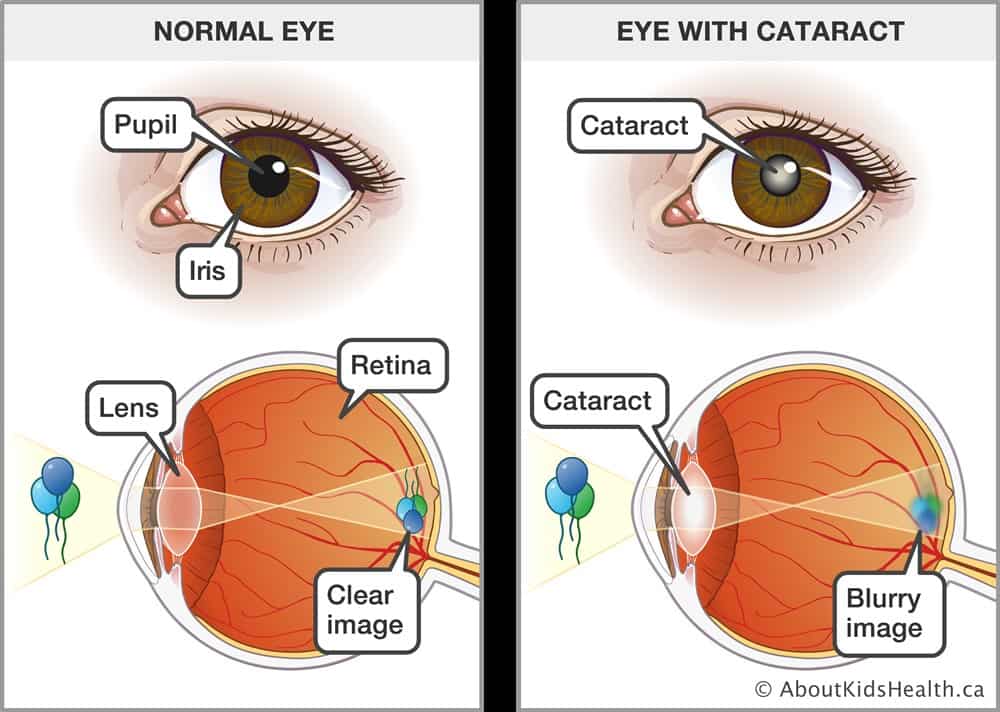Cataracts: The Journey from Cloudy to Clarity
By Dr. Kasey Pierson M.D.
Berks Eye Physicians and Surgeons
Trouble driving at night due to glare from headlights? Glasses no longer work or the prescription is constantly changing? Unable to see the things you enjoy to do? These frustrations can be caused from the almost inevitable formation of cataracts in the eyes. Cataracts are the leading cause of preventable blindness in the world and removing them is the most common procedure performed in the United States every year. What is a cataract really though?
Many people have heard of the term cataract but few people, including some people who have even had the surgery to remove them, know what a cataract actually is. Simply put, inside of our eyes and behind the colored portion, called the iris, we all have a spherical lens that helps focus light allowing us to see. This lens is initially crystal clear allowing for good vision. As we age, the proteins in the lens begin to compact, break down, and become cloudy. Usually beginning around the age of 50, this slowly progressing process is what ultimately causes the formation of cataracts. Hence the inevitable component of cataracts; if people live long enough, everyone will develop them. Luckily there is a quick and safe option to remove them.

https://www.aboutkidshealth.ca/article?contentid=837&language=english
Cataract surgery has been happening since 800 BC. Early civilizations used a technique known as couching which involves a sharp object inserted through the front of the eye, pushing the lens/cataract backwards. Over the centuries eye surgery improved to the point where a 10 mm incision would be made to remove the cataract as a single piece. However, it still required hospitalization for up to 2 weeks, and patient’s needed “coke-bottle” glasses to see. Thanks to the exponential improvement of technology over the last 40 years, we have finally arrived at modern day cataract surgery where patients can obtain spectacle-free vision.
Nowadays, cataract surgery represents one of the safest, quickest, and life changing surgeries. In as little as 10-15 minutes a cataract can be removed and replaced with a new clear artificial lens. No needles. No injections. Only eye drops are necessary to numb the eye for the surgery, during which patients experience no pain. Furthermore, small incisions allow for a sutureless surgery. Once completed, patients can go directly home to enjoy their new vision!
Although inevitable, cataracts cause no permanent damage and vision loss can be completely reversed. The time to remove them is when a patient is having enough problems and is ready to have the surgery. No need to rush. An Ophthalmologist, or eye surgeon, like myself will be ready when you are.
 1802 Paper Mill Road, Wyomissing, PA 19610
1802 Paper Mill Road, Wyomissing, PA 19610

